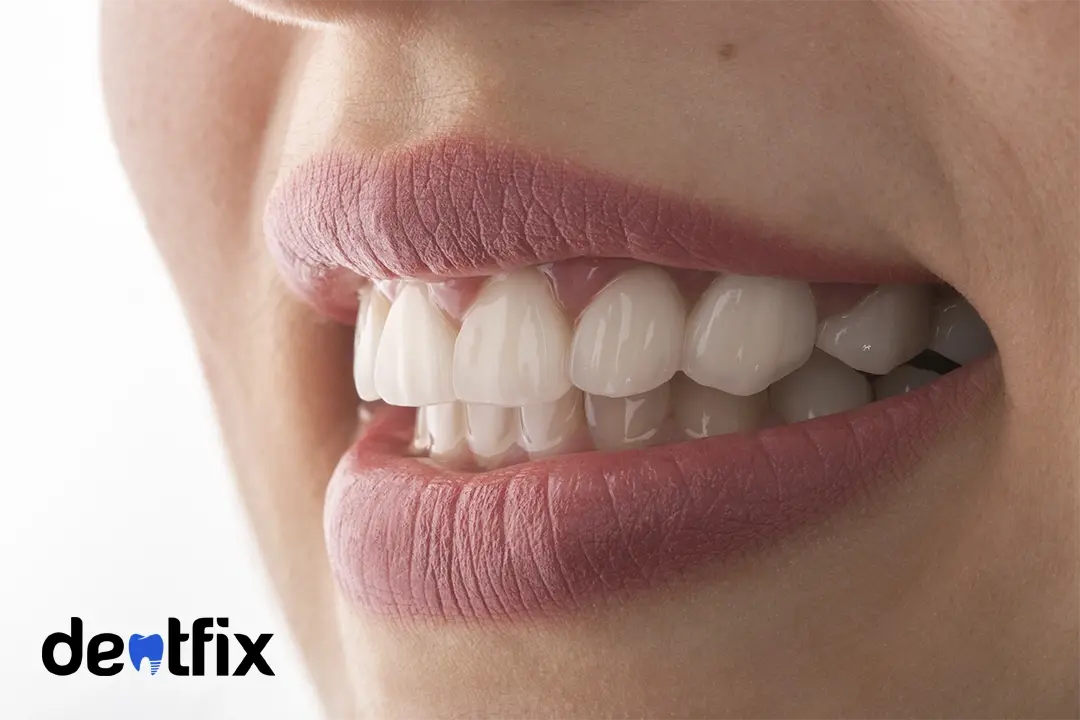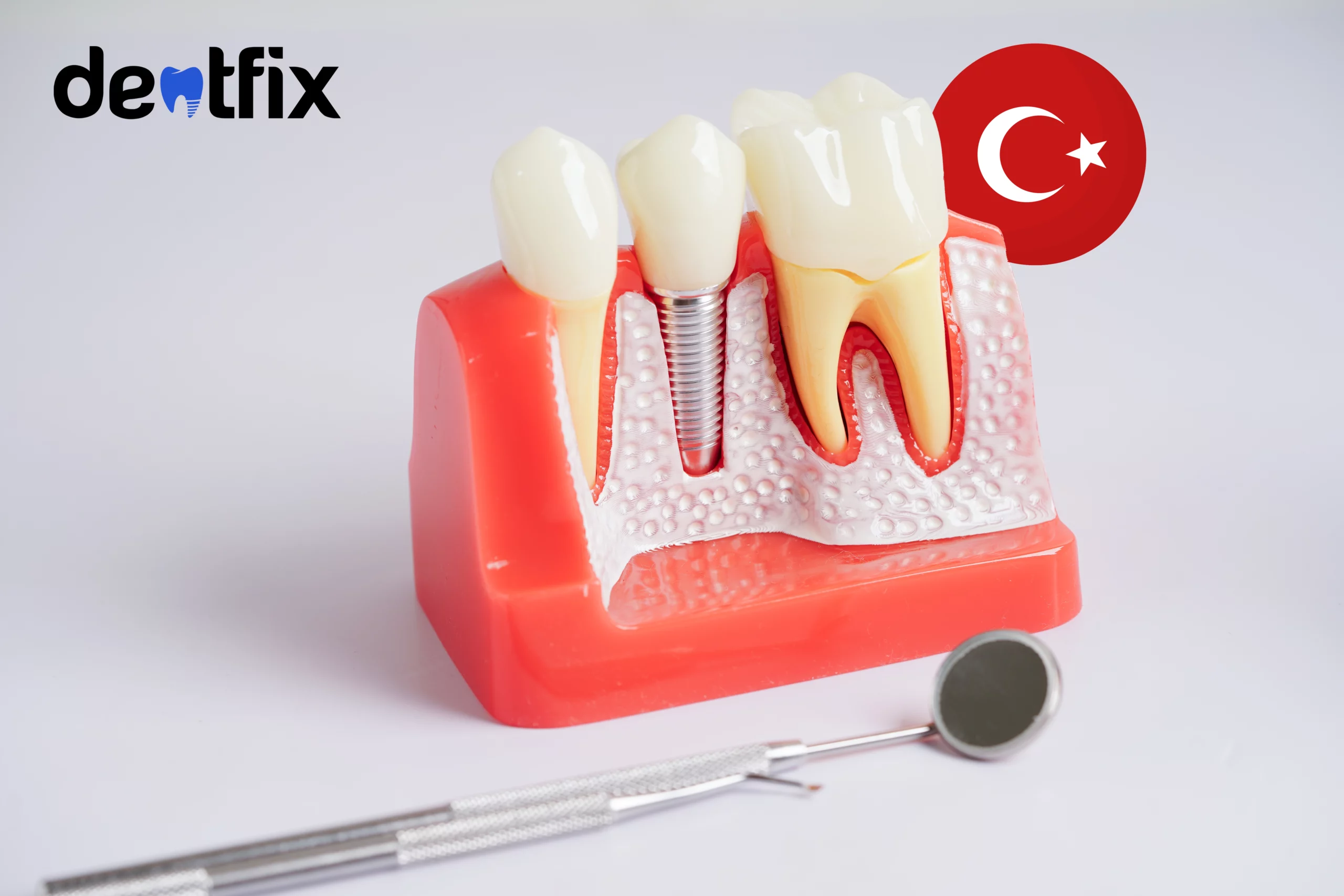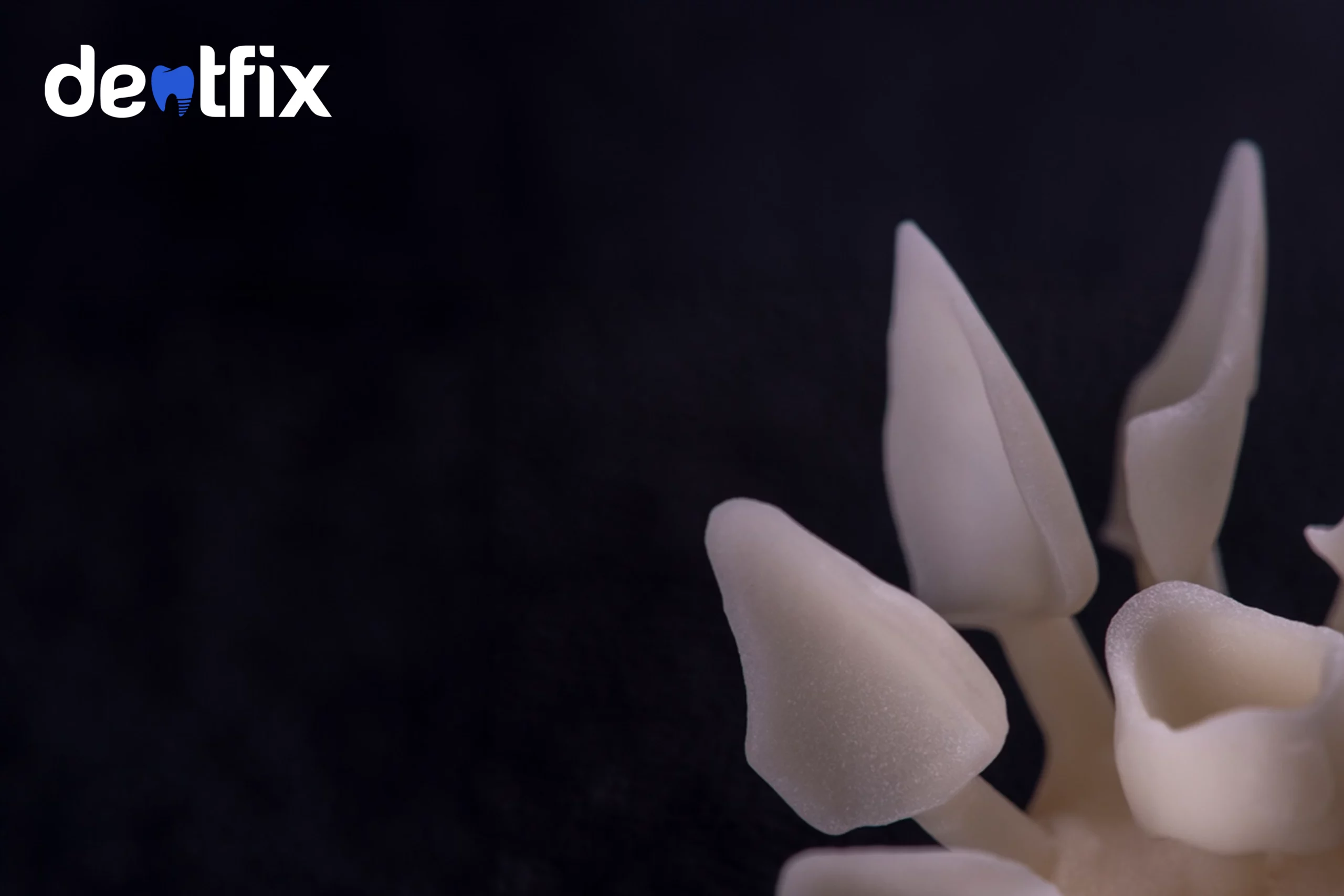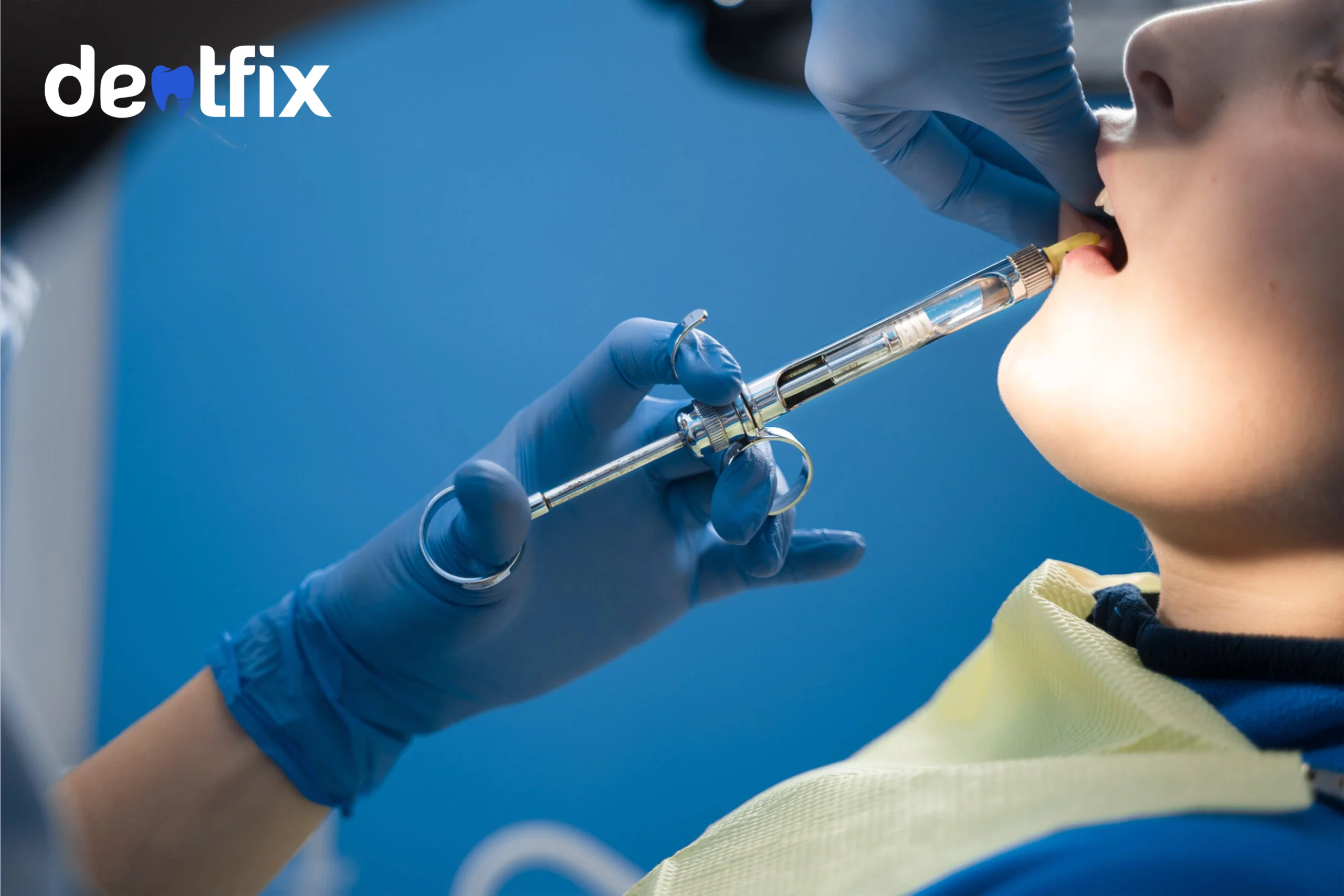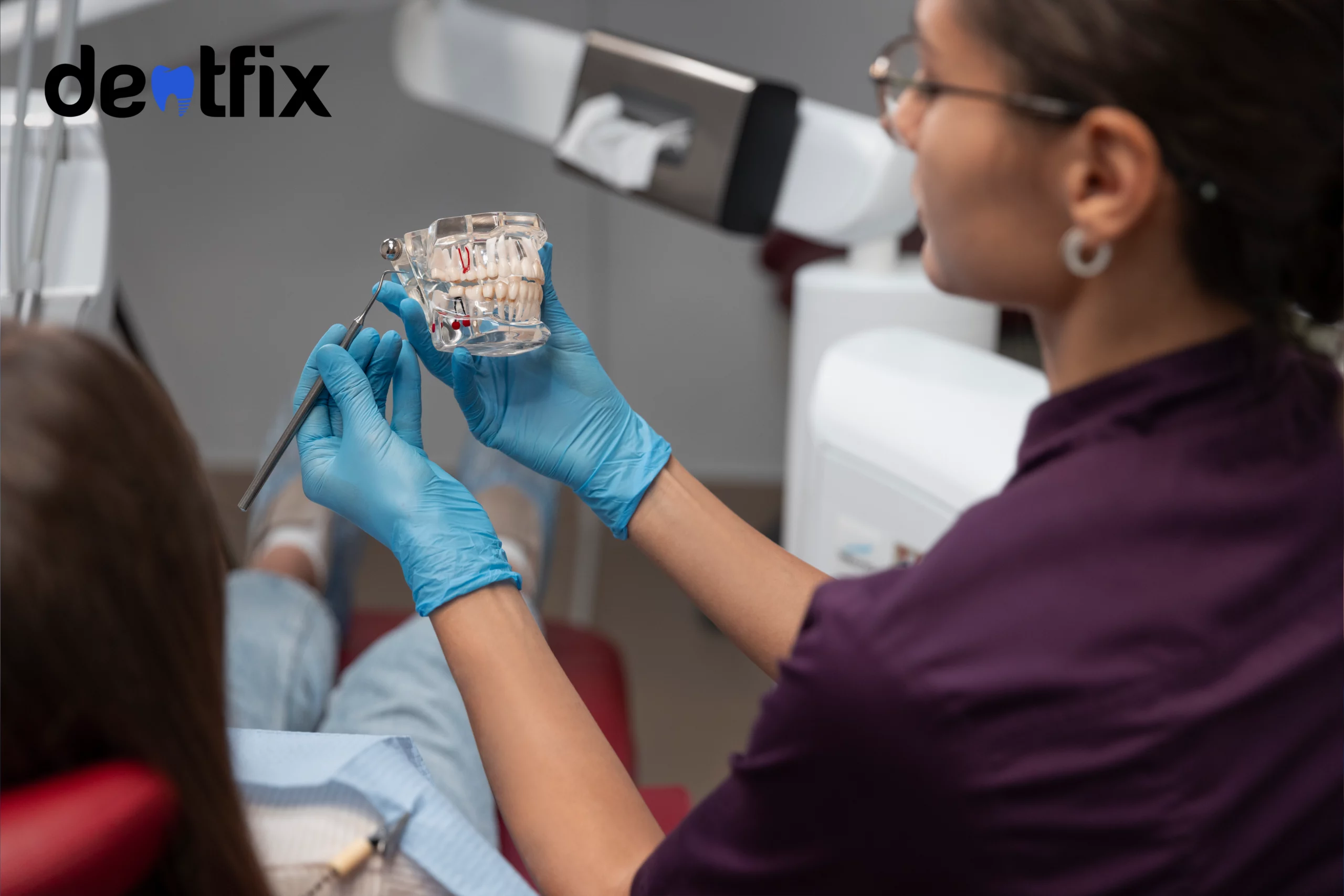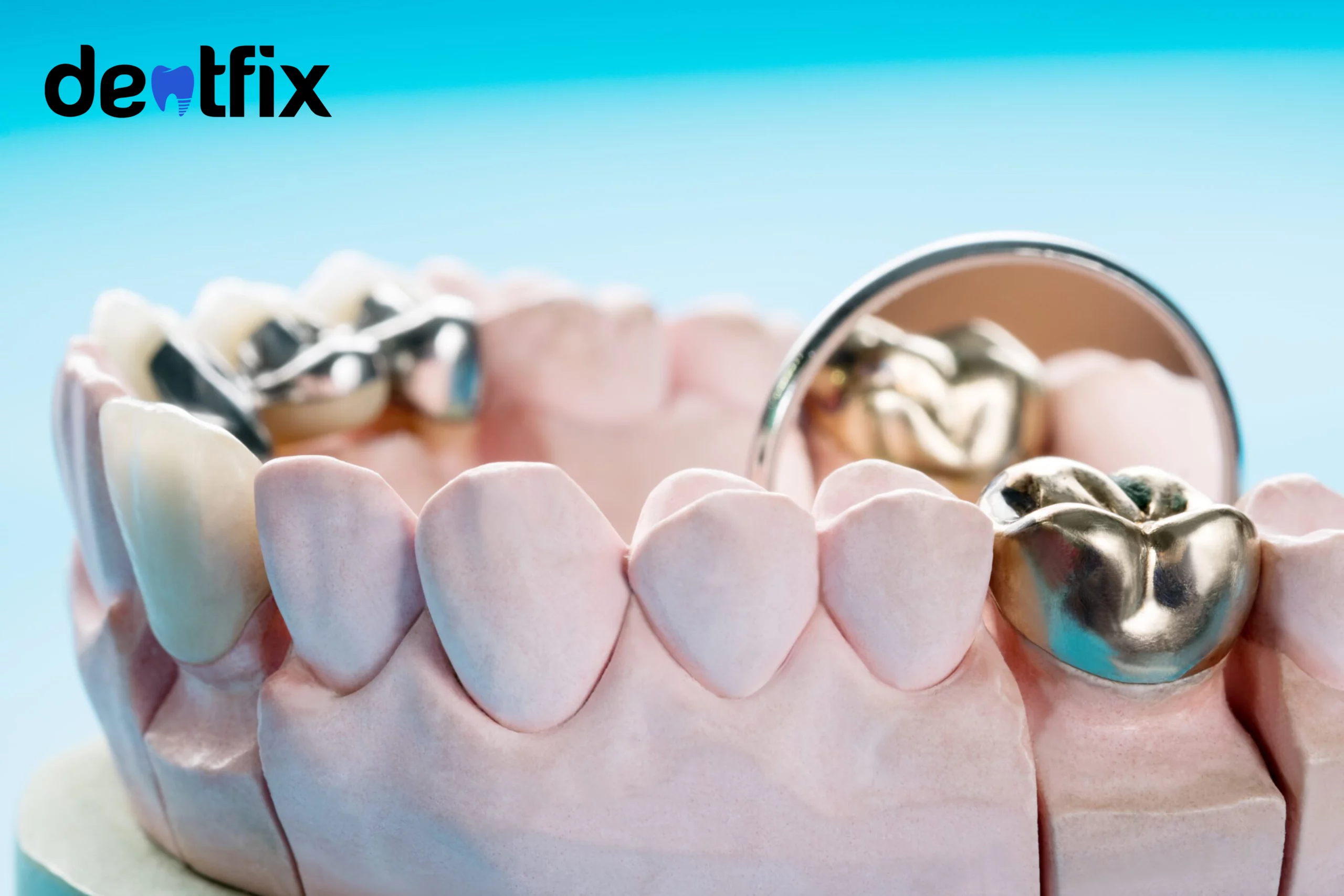Welcome to the second chapter of our teeth whitening guide where we talk about the different types of teeth whitening. This chapter will be perfect for you if you are unsure on what’s the best type of teeth whitening for you. Each of the types of teeth whitening for oral care offers different results and different whitening formulas. The severity of your dental issues plays an important role in determining the kind of whitening treatment more suitable for you. But there are also different factors you should take into consideration when picking the best type of teeth whitening: budget, the result you want, and the type of stains you have. There are two main modes of whitening: in-office dental whitening and at-home whitening. Both have their pros and cons, but professional dental whitening is by far the only effective and durable way of getting a white smile.
Before getting a whitening treatment, it is better to know certain facts, for example, how much whitening solution is safe to use and what kind of treatments are available, etc. This article guides you on the many questions you may have before going for a whitening treatment.
Different Types of Teeth Whitening
Since dental whitening is single-handedly the most requested and performed aesthetic treatment in the world, there are several different types of teeth whitening options available nowadays. There are types of teeth whitening you can have at your dentist’s office or ones you can have at home and simply buy in your local drugstore, pharmacy, or supermarket. There are different application methods and different strength levels. The one performed at your dentist’s office will be the strongest. The safest and most effective teeth whitening method remains to be in-office or chairside whitening. It is a safe and quick procedure that targets cosmetic dental flaws such as dark stains, and severe discoloration.
The American Dental Association recognizes the authenticity of this procedure and deems it as one of the effective ways of improving the color of teeth. In this article, we will take you through the different types of teeth whitening, professional and at home, to understand what’s best for your needs.
Now we get into the details of different types of teeth whitening at the dentist and at home.
Professional Teeth Whitening
The most common and fast-acting whitening type is dental office whitening. Among the different types of teeth whitening, this type shows the most visible results. This whitening type is more suitable for people with intrinsic stains and deep discoloration. Intrinsic stains are stains that penetrate within the enamel and cannot be removed until a higher percentage of bleach is used. This type is also in which the highest concentration of hydrogen peroxide or carbamide peroxide is used. The range of hydrogen peroxide or carbamide peroxide in dental office whitening ranges from 15% to 40%. Despite being the strongest treatment available it’s also the safest, being performed by a professional and only once or twice a year.
Here are the two ways dentists perform whitening in their clinics.
Only gel method
The first kind of whitening treatment in dental clinics is the gel method. Few dentists are still performing this method because of the inaccuracy in results. The only difference between this method and the other newer versions is that dentists do not use heating lights or laser lights to heat or activate the whitening gel. A popular brand known for gel-only whitening treatment in dental clinics is the Opalescence Boost whitening system. It is known to give visible results because it contains 40 % hydrogen peroxide and it does not need an activation light. There are many brands for professional whitening in the market but not all give the same results. Their prices also differ according to their popularity and effects. Therefore, it is better to share your requirements with the dentist so that they offer you options according to your budget and dental issues. Research on office bleaching shows that the higher the concentration of Hydrogen peroxide, the better the whitening results. This means whitening systems such as Opalescence show promising results.
Laser-assisted whitening
The most common type of teeth whitening in-office these days is laser or LED light exposure. It gives fast results and is a fairly short procedure. This treatment is increasingly popular because it uses the latest technology, making it possible for dental bleach to absorb and act faster. A comparative study between laser-assisted whitening and power bleaching concludes laser whitening is a more effective method. There are various types of laser teeth whitening available these days. The most common type of laser teeth whitening these days is ZOOM whitening and almost every clinic offers it nowadays. Other laser whitening technologies include BriteSmile, KoR deep whitening, etc. All the systems use different bleaching formulas and their prices also differ. For more information, get in touch with our representatives to pick a method of your choice and budget preference.
Home whitening Trays
Apart from office dental whitening, there are alternate ways of getting sparkly and brighter teeth. One of them is home whitening kits that one can find easily in a nearby drugstore or supermarket. They come with bleaching solutions containing controlled hydrogen peroxide or carbamide peroxide. Different types of whitening brands offer varying levels of hydrogen peroxide and carbamide peroxide. Therefore, it is better to consult your dentist first to be sure which brand and formula would suit you.
Home whitening kits offer more short-term benefits rather than long-term ones because of the low concentration of hydrogen peroxide. Moreover, they are not that effective on dark stains and severe discoloration. It also may take weeks or sometimes even months for the results to show properly. Wearing dental trays every night may also cause a bit of hassle and most people are unable to follow the routine. Since most patients use these trays without the dentist’s supervision, they could potentially harm their teeth. There is a high risk of inflamed or irritated gums and hypersensitivity.
Whitening Strips
Ready-to-use whitening strips are better if you want short-term whitening effects on your teeth. Although they are easy to use and easily accessible, they won’t work on dark stains. They are strips with a very low concentration of hydrogen peroxide or carbamide peroxide. There are many brands available in the market but there are certain factors that make one product different from the other. These factors include the percentage of whitening agents, teeth coverage, days of use, etc.
If whitening strips suit your teeth, the results may show faster if you use them more than once a day (day and night). However, it depends on the concentration of hydrogen peroxide in the strip. According to dentists, whitening strips should not have more than 10% of hydrogen peroxide. It is an important factor to consider before buying whitening strips or any other kind of home whitening product.
Whitening Pens or Whitening Wands
Another addition to the different types of teeth whitening methods is a whitening pen. Similar to the other whitening products, this product also contains a low concentration level of hydrogen peroxide or carbamide peroxide. The only difference is that it comes in a shape of a pen and includes an application brush. Again the key here is to choose a brand that suits you and offers a percentage of bleaching agents suitable for your teeth. We recommend you speak to your dentist before using any product so that you are sure you’re using a safe product. This applies especially to people with sensitive teeth or gingivitis.
Whitening Toothpaste
There are many kinds of whitening toothpaste available commercially and each one includes a different whitening formula. The most common ingredient in them again is hydrogen peroxide or carbamide peroxide. It is better for people with sensitive teeth to check the ingredients when buying toothpaste for whitening. Generally, people with sensitive teeth must avoid toothpaste with peroxide because it may irritate the gums and cause hypersensitivity. Silica is a safer ingredient for people with sensitive teeth because it does not cause irritation and also improves the color of the teeth. According to the EU’s Health and Food Safety Department, toothpaste and mouthwashes with up to 0.1% do not pose any potential risks to human health. However, anything over 0.1% in whitening products is not safe and must only be used after consulting a dentist.
There are also natural whitening products available nowadays among different types of whitening methods. Activated charcoal is a popular ingredient nowadays and is known to have a whitening effect on the teeth. However, at the same time global dental authorities such as ADA suggest otherwise. Their research suggests that natural ingredients in toothpaste such as baking soda and charcoal harm the enamel rather than whitening it. You can read our article on natural teeth whitening formulas for more information.
Whitening Chewing Gums and Dental Floss
A few other types of off-the-shelf whitening products are chewing gums and dental floss. They may also be seen as the newest additions to the different types of whitening teeth methods. Their claim to fame is that they are easy to use and easy to find also. Certain studies also conclude that their persistent use could lead to teeth going a shade lighter in the long term. Chewing a whitening gum after you eat food increases the formation of saliva that actively helps against bacteria and plaque. However, they may also contain certain abrasives that erode the enamel and excessive sugar. Therefore, before using them confirm with your dentist to avoid any unwanted mishaps.
FAQs on types of teeth bleaching
People are often confused about the different types of whitening methods available to them. Since there are many products available, they want to know as much as they can about teeth whitening. Here are the most common queries we receive about the types of teeth whitening and the products available:
What are the types of gel dentists use for whitening?
Whitening gels come in two forms: in-office or over-the-counter ones. Whitening gels dentists use in offices contain a higher percentage of hydrogen peroxide or carbamide peroxide than commercial ones. In-office whitening gels contain hydrogen peroxide ranging from 10% to 40%. Whereas, the over-the-counter ones contain a lower percentage. The most common in-office whitening systems are Zoom or Opalescence Boost. Each one comes with its own set of benefits and drawbacks. Therefore, if you are curious to know more, get in touch with us today.
What are the best types of toothbrushes for teeth whitening?
There is no such thing as a whitening toothbrush but brushes that are more effective in cleaning teeth. Our dentist recommends investing in an electronic brush because of added number of rotative movements. They have several modes and the number of repetitions differs according to that. Many brushes also include a whitening mode and the vibration and number of repetitions are more than normal in this one.
Which types of teeth whitening methods work for you if you have tooth sensitivity?
Among the different types of whitening methods, ones with fewer abrasives work better for sensitive teeth. Usually, dentists recommend whitening methods free of any kind of peroxide to avoid a reaction. If you have mildly sensitive teeth, dentists recommend brushing your teeth with toothpaste for sensitive teeth. Whereas, after the treatment, it is better to get a fluoride treatment for a smooth recovery process. Having said that, if you have sensitive teeth, talk to your dentist before trying out any type of whitening product. While it is completely normal to feel sensitivity and gum irritation for 24 hours after the treatment but anything more than that is not normal. We recommend you get in touch with your dentist ASAP.
What are the different types of teeth whitening methods for daily use?
Professional teeth whitening is undoubtedly the fastest and most effective way of whitening teeth. However, there are many home whitening methods also such as toothpaste, mouthwashes, dental floss, whitening pens, strips, chewing gums, whitening kits, etc. Their effects and results are still not 100% because they may work on some people white not so much on others. On the other hand, the whitening formula in them is not custom-made, there are chances of them causing hypersensitivity or irritating the gums. Many whitening products also leave blue stains and erode the enamel. Therefore, before using any kind of whitening product, consult your dentist.
What kind of teeth whitening is safe?
Teeth whitening is the safest when performed under the supervision of a professional dentist. Using whitening products without talking to a dentist is dangerous because your teeth could react to the bleaching agents. There are many ready-to-use products available but it is important to know how much bleaching content is in them. Home whitening products are normally safe to use if the hydrogen peroxide does not exceed more than 6%. However, if you have sensitive teeth, be more careful with what you use on your teeth because anything can cause a reaction.
What kind of teeth whitening is best?
The best kind of teeth whitening is professional dental whitening because a dental professional performs it. It produces the fastest and most visible results in comparison to home whitening products. This immediately helps the patients get a brighter smile. It is more effective on the smile of people with more severe discoloration and stains. Dental office whitening works in a way that the bleaching agents go deeper into the enamel and remove stains. Therefore, if you are looking for something designed to give you more drastic results, office whitening is your best bet. Get in touch with us today if you want to know more about professional office whitening.
How to choose the right whitening product or treatment for yourself?
Choosing the right whitening product or treatment depends on your needs. In-office dental whitening or chairside bleaching is a more appropriate approach if you face severe discoloration and stains. Home whitening methods are more suitable for people who face minor issues and slight discoloration. However, in both cases, discuss your concerns with a dental professional first to find a suitable treatment for yourself. Using whitening products without talking to your dentist may cause certain adverse effects such as enamel erosion, gum irritation, and hypersensitivity.
REFERENCES:
}
Fekrazad, R., Alimazandarani, S., Kalhori, K. A., Assadian, H., & Mirmohammadi, S. M. (2017). Comparison of laser and power bleaching techniques in tooth color change. Journal of clinical and experimental dentistry, 9(4), e511–e515.
